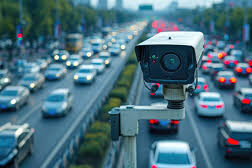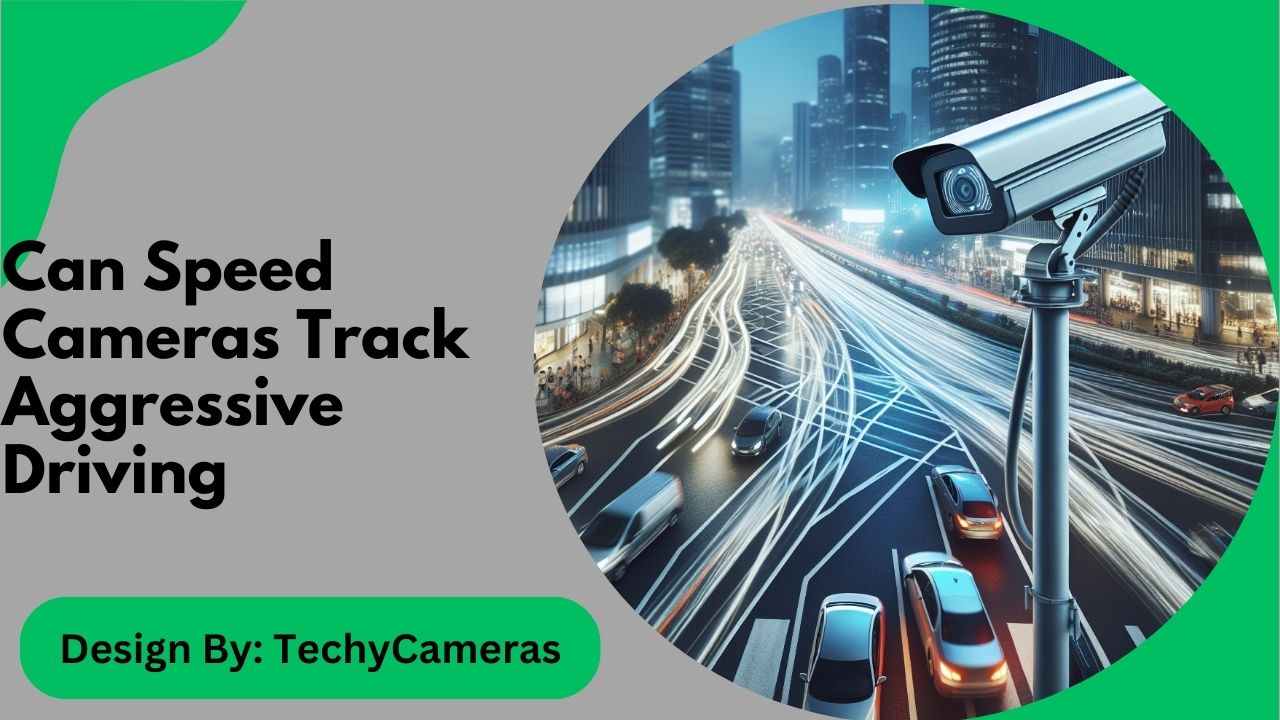Current speed cameras detect speed, but future AI and analytics upgrades could help track aggressive driving behaviors, boosting overall road safety.
Speed cameras have become a staple in road safety, capturing images of vehicles exceeding speed limits and issuing tickets to deter reckless driving. However, with rising concerns about aggressive driving, the question arises—can speed cameras do more than just catch speeders? Are they equipped to track aggressive driving and help improve traffic safety across our roads?
This blog post dives into this intriguing topic, exploring the capabilities of speed cameras in detecting aggressive driving, their role in road safety, and how future advancements might change the landscape of traffic enforcement.

Aggressive driving is a term that encompasses a range of dangerous behaviors on the road. This includes speeding, tailgating, weaving through traffic, running red lights, and road rage. Such behaviors can significantly compromise road safety, leading to accidents and endangering the lives of drivers, passengers, and pedestrians.
Aggressive driving is not just a nuisance; it poses a grave threat to public safety. Studies show that aggressive driving factors into a substantial percentage of traffic accidents. With injuries and fatalities often resulting from such incidents, it’s crucial to address this issue effectively.
Law enforcement agencies, traffic safety advocates, and technology enthusiasts are keenly interested in finding innovative ways to tackle aggressive driving. This leads us to consider if speed cameras can play a role beyond their current function.
Speed cameras operate by capturing images of vehicles that exceed posted speed limits. These devices use radar, LIDAR, or sensors embedded in the road to measure a vehicle’s speed. When a vehicle is detected speeding, the camera snaps a photograph of the vehicle, capturing details such as the license plate, date, time, and location.
The technology behind speed cameras has evolved over the years. Modern cameras feature high-resolution imaging, night vision capabilities, and wireless connectivity, allowing them to transmit data to law enforcement in real-time. These advancements have made speed cameras an effective tool for enforcing speed limits and enhancing road safety.
While speed cameras are efficient in their primary function, the question remains—can they detect aggressive driving behaviors, which often accompany speeding?
The ability of speed cameras to track aggressive driving depends largely on the technology integrated into the devices. At present, most speed cameras are designed to identify vehicles exceeding speed limits, but they aren’t fully equipped to recognize specific aggressive driving behaviors like tailgating or erratic lane changing.
However, there are instances where speed cameras have been integrated with additional technologies to capture aggressive driving. For example, some cities have experimented with red-light cameras that take continuous video footage, which can potentially identify aggressive maneuvers like running red lights.
In some cases, jurisdictions have used speed cameras to identify repeat offenders, targeting drivers who frequently exceed speed limits as potentially aggressive drivers. While this isn’t a direct measurement of aggressive driving, it can help highlight patterns of behavior.
Speed cameras have a proven track record of reducing accidents and fatalities by deterring speeding. By holding drivers accountable for their speed, these devices contribute to creating safer roads.
While not specifically designed for aggressive driving detection, speed cameras can indirectly deter such behaviors. The presence of cameras can encourage drivers to adhere to speed limits and drive more cautiously, promoting overall traffic safety.
Incorporating additional features or integrating speed cameras with other monitoring technologies could enhance their ability to address aggressive driving, thereby further improving road safety.
There are several challenges and limitations when it comes to using speed cameras for tracking aggressive driving. One major challenge is the inability of current cameras to detect non-speed-related aggressive behaviors.
Legal and privacy considerations also play a significant role. Deploying cameras with the capability to monitor various driving behaviors raises concerns about privacy infringement and data security. Balancing enforcement with civil liberties remains a critical consideration for law enforcement agencies.
Additionally, the cost of upgrading existing infrastructure to support advanced detection capabilities can be substantial, posing a barrier for widespread adoption.

The future of speed cameras in aggressive driving detection looks promising, with ongoing innovations in road safety technology. Integrating features like AI-driven pattern recognition, which can analyze driving behaviors, could enhance the ability of cameras to identify aggressive driving.
Potential collaborations between law enforcement and technology companies could lead to the development of comprehensive systems capable of monitoring a range of driving behaviors. By leveraging data analytics and machine learning, these systems could provide real-time insights, enabling more targeted enforcement. Such advancements could significantly improve traffic safety, making roads safer for everyone.
No, most current speed cameras primarily detect speeding but lack the technology to identify specific aggressive behaviors like tailgating or erratic lane changes.
Aggressive driving includes speeding, tailgating, weaving through traffic, running red lights, and road rage, all of which can pose serious risks on the road.
Speed cameras use radar, LIDAR, or road-embedded sensors to measure vehicle speed, capturing images and details of speeding vehicles for enforcement purposes.
Some cities are experimenting with cameras that capture video footage, which may help identify aggressive maneuvers, like running red lights or frequent speeding by the same vehicle.
Yes, advancements in AI and data analytics could allow future speed cameras to detect patterns associated with aggressive driving, making enforcement more effective.
In summary, while speed cameras are not currently equipped to track aggressive driving comprehensively, the potential for enhancements exists. By exploring new technologies and collaborations, there’s hope for a future where these devices contribute even more to road safety. Aggressive driving remains a pressing concern, and enhancing the capabilities of speed cameras could be a valuable step towards addressing it. As technology advances, the synergy between law enforcement and innovation will be key to creating safer roads for all.
